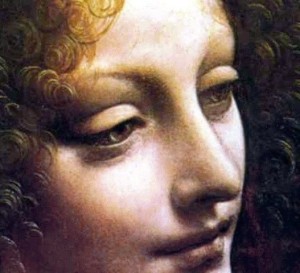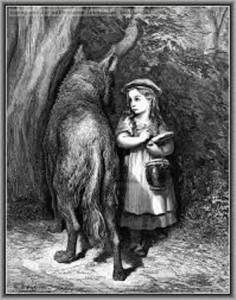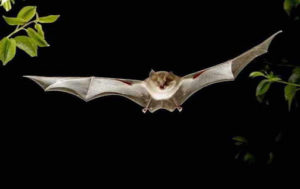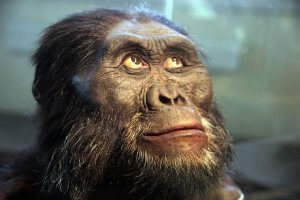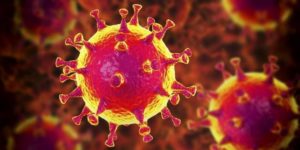The Solitude of Leonardo da Vinci : Second Part
We have to analyse, in detail, some of the words of his statement to understand the real importance of this discovery which anticipates truths that will be explained by modern scientists only at the beginning and in the second half of last century.
Let’s start from that adjective “vaga” (eager) with which Leonardo da Vinci defines Nature. The etymologic dictionary says that “vaga”(eager) comes from the Latin word “vagus“=errante (wandering) and, in a figurative meaning, irresolute, inconstant, fikle. From the meaning of inconstant, another one followed and that is “eager” after which we have desire. A very poetic way to anticipate and underline the next “taking pleasure“. The following verb “knows” and the following adjective”willing“ give nature that life of its own and that kind of intelligence that let us assert, for Leonardo da Vinci, “God is nature itself with all its laws. Since all its elements are parts of the intelligence of nature and so also a virus. This is way we have been able to give the text, homonymous of the blog, the title “the Intelligent Virus“. After explaining this very important aspect of his philosophy and therefore of the particular religiousness of Leonardo da Vinci, let’s examine the incredible meaning of that following sentence “it is willing and faster in creating than time in using up“. Practically Leonardo means this: in animal populations, and particularly in man and this is what concerns our study on human overpopulation, when two beings of different sex mate, they beget, on average, two or more children; the latter, on their turn, by mating, always beget, on average, two or more children. This way, before the two grandparents, considered also as ancestors of animals of species different from man, have died out, four or more creatures of the same species are begot. This causes a natural tendency of any animal species to increase. As to man that “go forth and multiply“, in the Bible, might have, as we will see, above all, in the case of Original Sin, a deeply scientific meaning. To be noticed, as well, how that “time in using up” may be full of meanings and images as it is in Chinese or Japanese ideograms. One of these meanings is the anticipation of a discovery of the second half of last century: birthrate, in animals, is superior to mortality rate, therefore, there is a natural tendency to the increase of every animal species. The following “and so it ordered many animals should become food to one another“ leads us to a Nature-God and anticipates, more than four hundred years, the Law of Volterra(1926) asserting a great correlation between the number of predators and the one of respective preys. The regulation of the number of animal populations, based on the predator and prey system, anyway, isn’t enough, particularly, for men who increase a lot because other animals don’t feed on them. So Leonardo had also sensed the importance, for man, of the disappearance of great predators of the past, left in the collective unconscious of the tales with the bad wolf which eats up Red Hood but after it’s killed by the hunter.
The rethorical question how Leonardo could have sensed or better anticipated, early in 1500,the problem of human overpopulation, leaves me breathless.
And this not satisfying such a desire: the predator-prey system not being sufficient any longer to regulate the number of human beings for the above- mentioned reasons, “it often gives off a kind of poisonous and pestiferous vapors and a continuous plague over the great increasing and flocking together of animals and above all men who increase so much.
People start speaking about the function of epidemics as regulators of human population only from the first half of last century, but it is only from the end of the second half that the concept of an ecologic function of viruses and bacteria, considered as a regulation of human population, becomes something universally accepted.
What amazes more is that, when Leonardo wrote “Disputa pro e contra la legge di natura“, nobody knew the existence of bacteria and viruses and the theory of germs as a cause of infectious diseases was proposed, in a clear way, by Girolamo Fracastoro only in 1546 and it took more than three hundred years before imposing definitively.
Finally that “because other animals don’t make them their food and once causes are taken away, effects will fail” makes knowledge and philosophy incredibly coincide with which Leonardo explains the laws of nature, with the” cause and effect law, the basis of Buddhist philosophy-religion.”
Translated from ” Il Virus Intellligente” by Enrica Narducci
Read also:
The solitude of Leonardo da Vinci- First Part
About the Author
Written by Ferdinando Gargiulo
Ferdinando Gargiulo offers you a new perspective on why new viral epidemics, assaults, infanticides, suicide epidemics and even environmental catastrophes. Always engaged in his research decides to create a blog to offer his readers content of high value.
Search
Recent Post
Follow on Facebook
Find us on Google Plus
Follow on Twitter
Stories Archive
- Blog (132)
- child labor (10)
- child Prostitution (6)
- Climate Change (20)
- depression (53)
- Depression and suicide (51)
- Environmental catastrophes (22)
- epidemics (44)
- Genetic hypothesis of suicide (47)
- HIV (24)
- Leonardo Da Vinci (8)
- overpopulation (108)
- pedophilia (7)
- Serial Killer (33)
- Suicide Genes (46)
- suicides (56)
- The child as a product (10)
- the intelligent virus (106)
- Uncategorized (59,869)
- Unexplained aggression (36)
- You Tube (6)

